Logistical Planning Tips for DIY Alaskan Hunts
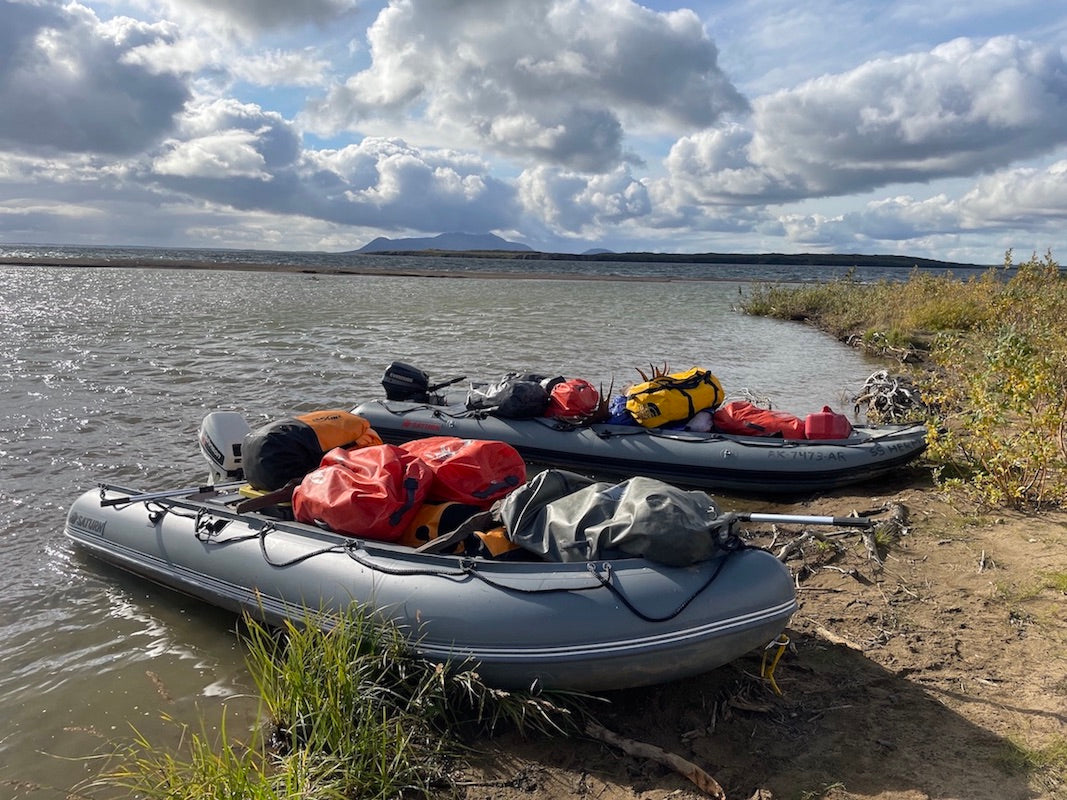
Having reflected on the 2023 Alaska moose hunt that I've just returned home from, I can honestly say that I'm surprised at how few "hiccups" we had given the complexity of the logistics involved. When one's logistics concern the shipping of inflatable boats, the renting of outboard motors on their behalf, and the acquisition complexity of lodging and transportation to and from the hunting grounds, there is almost always something that occurs and derails that "perfect plan" while forcing one to pivot. And that's not even mentioning the ever-changing weather in Alaska and how it impacts your bush flights to and from the field! All-in-all this wasn't my first time planning a DIY (I use that term loosely here because these trips almost always require help from multiple sources) hunt in Alaska, so hopefully I'm getting better at planning for contingencies, but I know there are endless variables that are beyond my control and I am thankful for another "seemingly seamless" trip to The Last Frontier.
DIY Alaska hunts are gaining popularity amongst blue-collar and white-collar adventurers alike as the price of fully-guided and transported hunts increase. These type of hunts seem very obtainable if you haven't yet gone through the planning process yourself, which if not considered carefully can lead one blindly into a logistical chaos. The videos found on YouTube and the alluring images found throughout social media of DIY Alaska adventures often show only the flashy and beautiful side of the hunt while doing a poor job of explaining the planning and coordination required to make them a success. Here, I will share with you just a few things that I have learned in putting one of these hunts together, and why it pays to plan hunts like this with other like-minded, hardworking hunters.

First off, knowing someone in Alaska that you can learn from and even ask for help with some of the planning process is invaluable. Having native Alaskan experience and geographic presence such as this can alleviate a lot of stress when it comes to certain services such as flights, lodging, and shipping, especially when that native Alaskan has first-hand experience with their quality (or lack thereof). If you aren't lucky enough to have this type of connection, well then just plan on endless hours of checking websites, cold-calling these type of merchant services, and vetting their references to the greatest extent possible. Honestly, even knowing someone in Alaska can lead you into some dead ends that will place you right back at "Square One" but at least it's an upper-hand to begin with.
Next, depending on what type of hunt you are planning (i.e., float, motor boat, aerial transport, etc.) you will have to either identify a rental company that has the equipment you'll need or purchase said equipment yourself. If you plan on purchasing your own equipment, then you will need to determine whether you do so in Alaska to save on additional shipping expenses or while still in your home state. There are quite a few rental companies that offer rafts, outboard motors, etc. for DIY hunts and will ship them to your destination if requested so long as someone is there to receive it. I've always planned for these type items to arrive at least a few weeks in advance of my hunt start date for the sake of assurance. If you are using an air taxi or other means of transporter service, most of them will receive and hold onto these type of rentable assets until your arrival with them, but you will want to make sure this is a service they provide prior to shipping anything of course.

Once you've figured out your Alaskan logistics of getting your party and your collective gear in-and-out of the hunting grounds, you will need to redirect your planning focus toward lodging and other transportation requirements. This may not sound like that big of a deal with one's familiarity with VRBO's and Enterprise Rent-a-Car here in the lower 48, but you must remember that most of these small villages in Alaska are just that....very, very small villages. Those type of luxuries we enjoy in our daily lives simply aren't available for our use when planning a DIY Alaska hunt. I always check with my air taxi or other transporter for their recommendations as they pertain to shuttle services to and from the airport as most of them have some type of van or shuttle to either provide or suggest to their clients. If this isn't available based on your findings during the planning process, then these logistical concerns can easily become the most difficult to nail down effectively.
Now it's time to consider what to do with the animal if you are successful in harvesting your quarry. It's not as simple as just taking it down to the meat processor and picking it up a few weeks later. Here, you'll need to determine whether you want to take the meat home with you or donate it while in Alaska. If taking it with you is your preference, then you will need to figure out whether your air taxi or other transporter can extract it from the field "mid-hunt", assuming you'll be hunting as part of a DIY party of like-minded adventurers. If available, this option can be fantastic at expediting the process of both meat and trophy cooling, freezing, or other means of care. My experience is that it's rare to find one that will take care of your meat for you without taking you out-of-the-field with it. However, an "expeditor" service is an option and this complexity of logistical planning is often why so many people end up donating the meat from their hunt while still in Alaska. Ultimately, the logistics that concern a successful harvest, the extraction from the field thereof, and its proper care once returned to a remote terminal are definitely the most overlooked part of the planning process in a DIY Alaska hunt...often times resulting in becoming the chink in the armor that results in a HUGE planning pivot! My advice is to have the conversation with first your transporter or air taxi and find out what their protocol is for handling meat and antlers...adjusting from there as need be.

Finally, it's time for final extraction from the DIY hunting grounds. The single best piece of advice I can give other hunters using an air taxi to and from the field is to treat your pilot like your boss rather than your employee. Do absolutely everything you can to accommodate them and assist with their getting in-and-out of the bush quickly. Know in advance what they can and can't land in (i.e., crosswinds, visibility, rough waters, topography, etc.) to avoid wasting their time and fuel that concern a "false call". Pack a small scale with your gear so that you can accurately weigh your cargo and load it appropriately to their specifications. Have your gear torn down and made ready prior to the pilot and aircraft's arrival to your field position. If you're using a float plane, then stage your gear nearest the calmest waters of the shoreline. Again, if you treat your pilot like your boss rather than your employee (so long as you treat your boss with respect that is) you should be good-to-go. Oh, and don't touch the aircraft unless the pilot tells you too (just trust me on this one)!
In conclusion, I hope that this brief writeup provides a little better perspective of what goes into planning a "DIY" Alaskan hunt. Remember that planning one of these hunts can be done, but only if you are willing to help yourself.
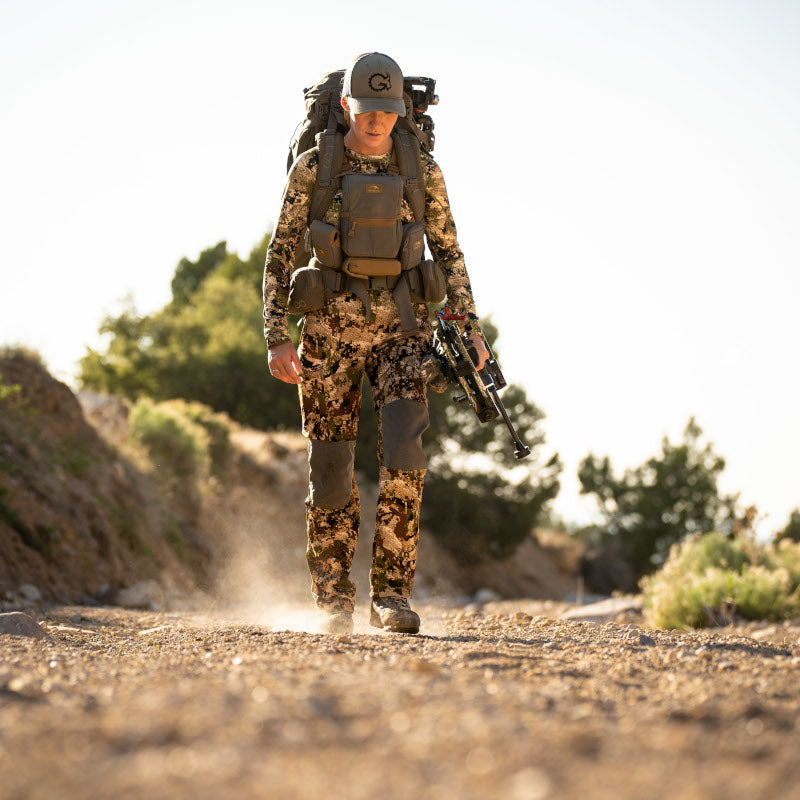
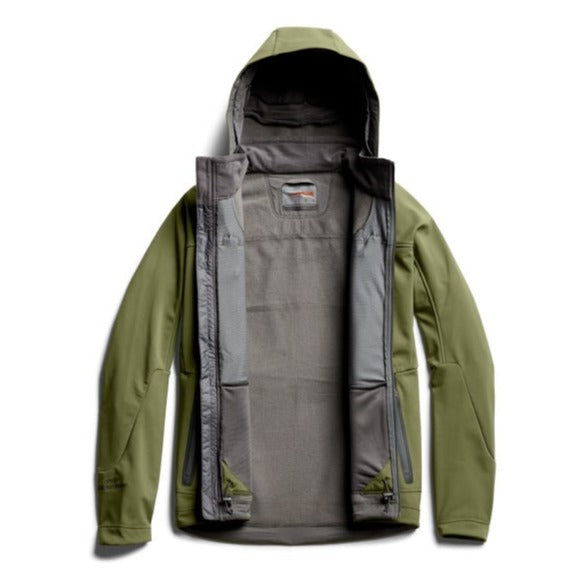
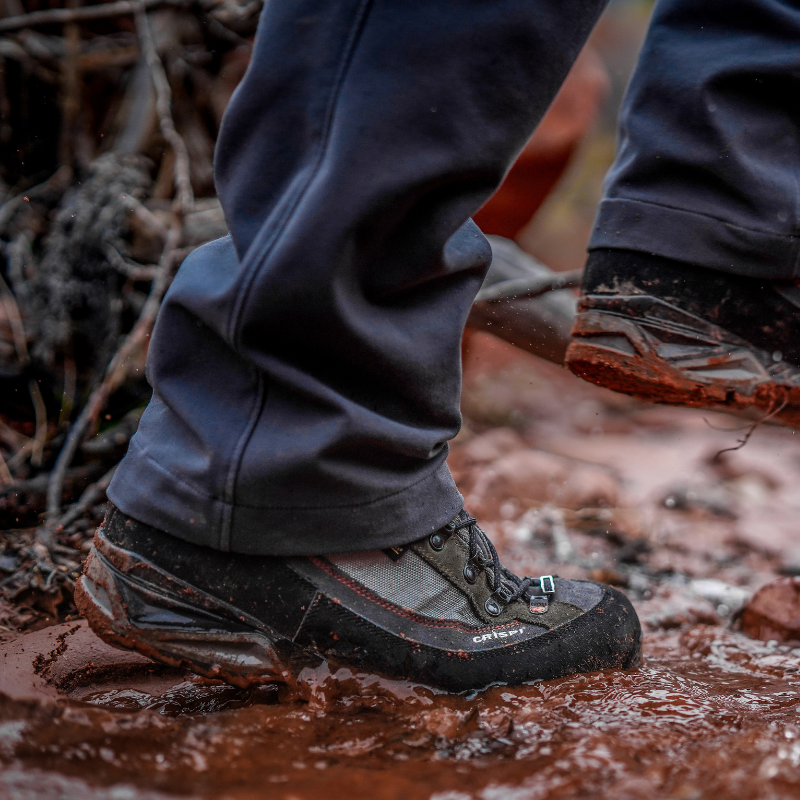
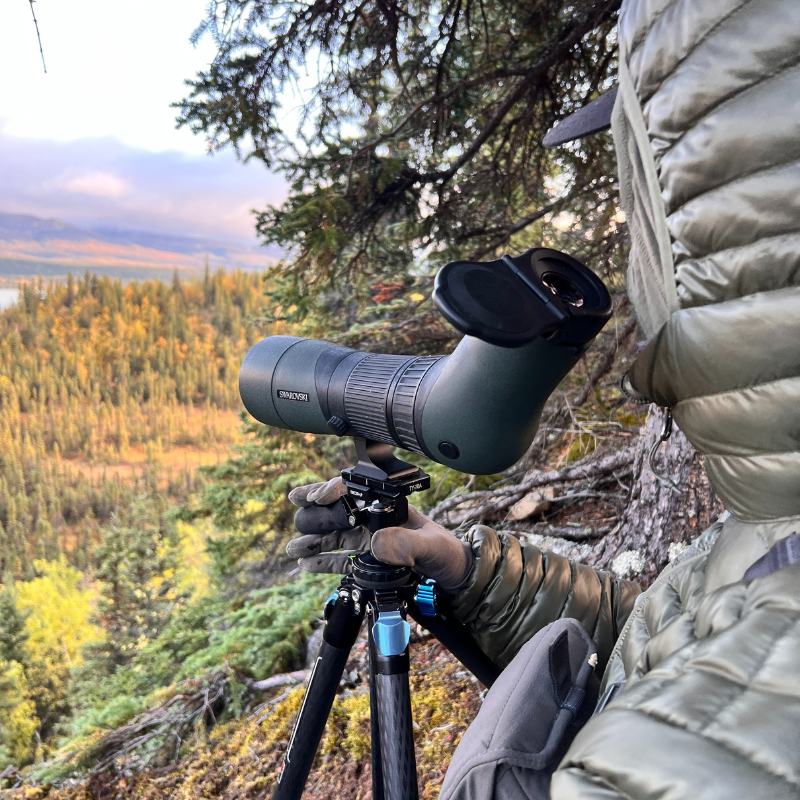
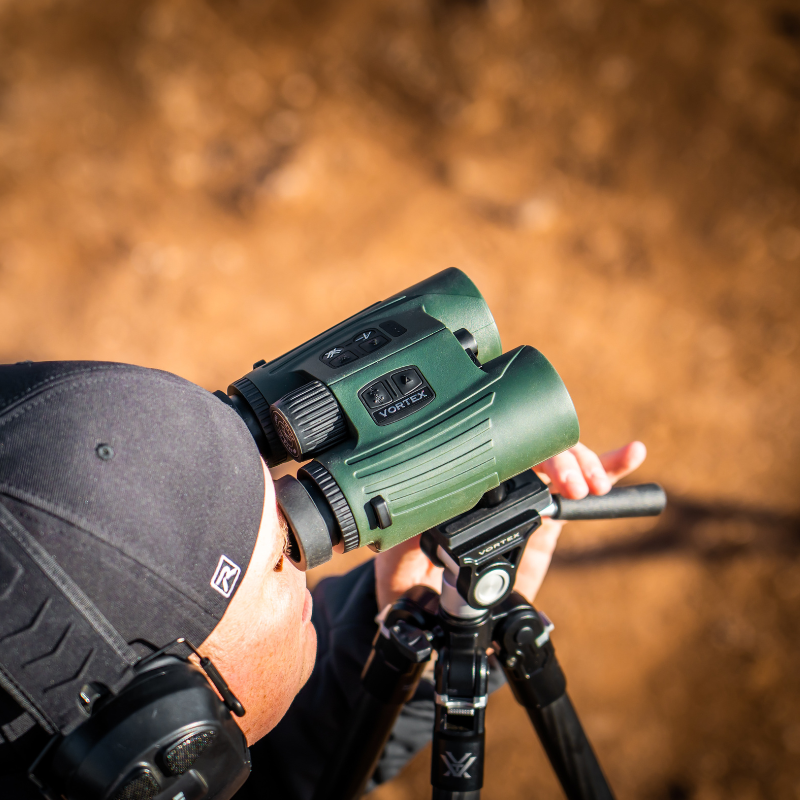
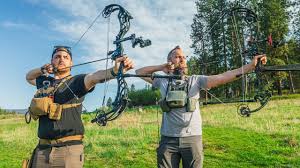



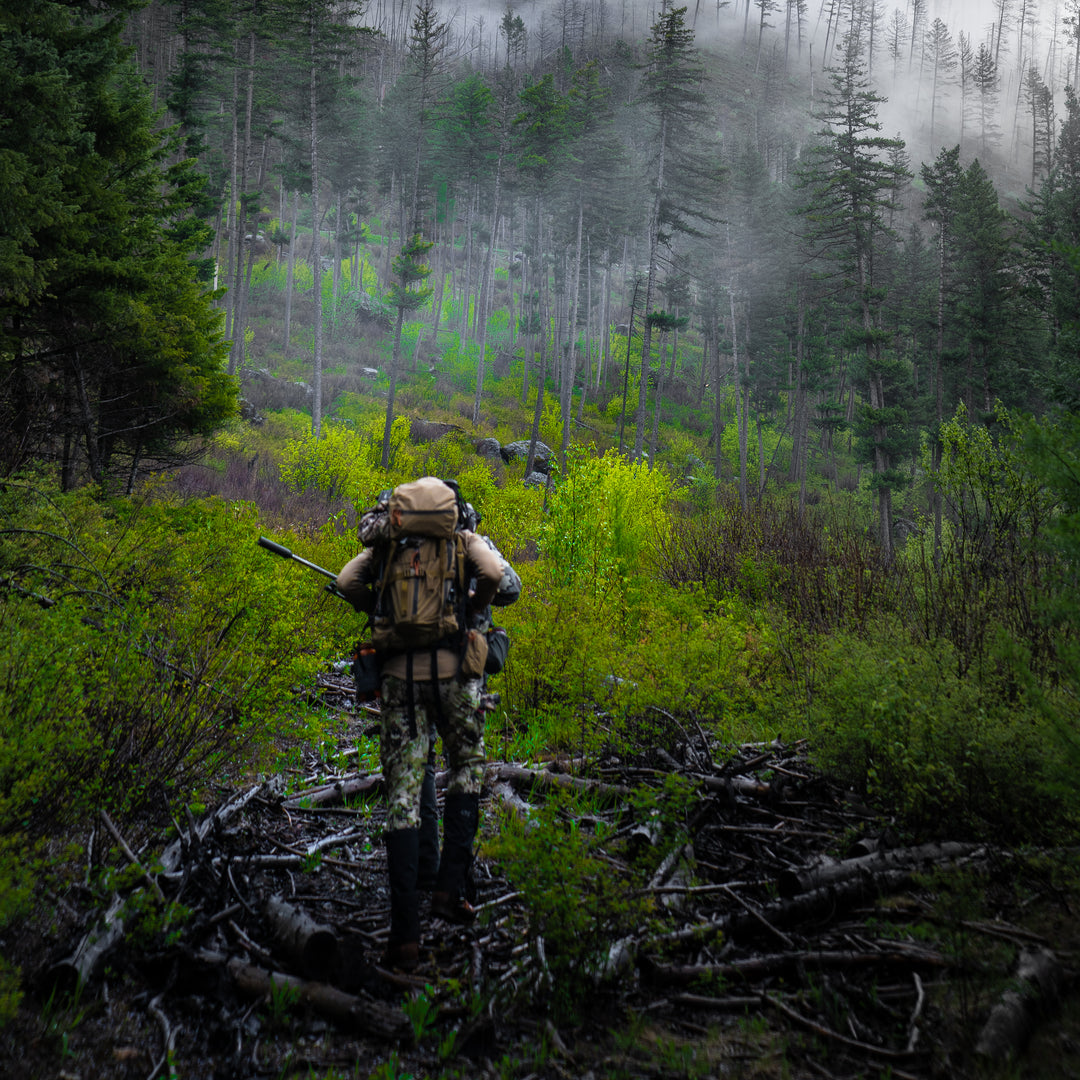
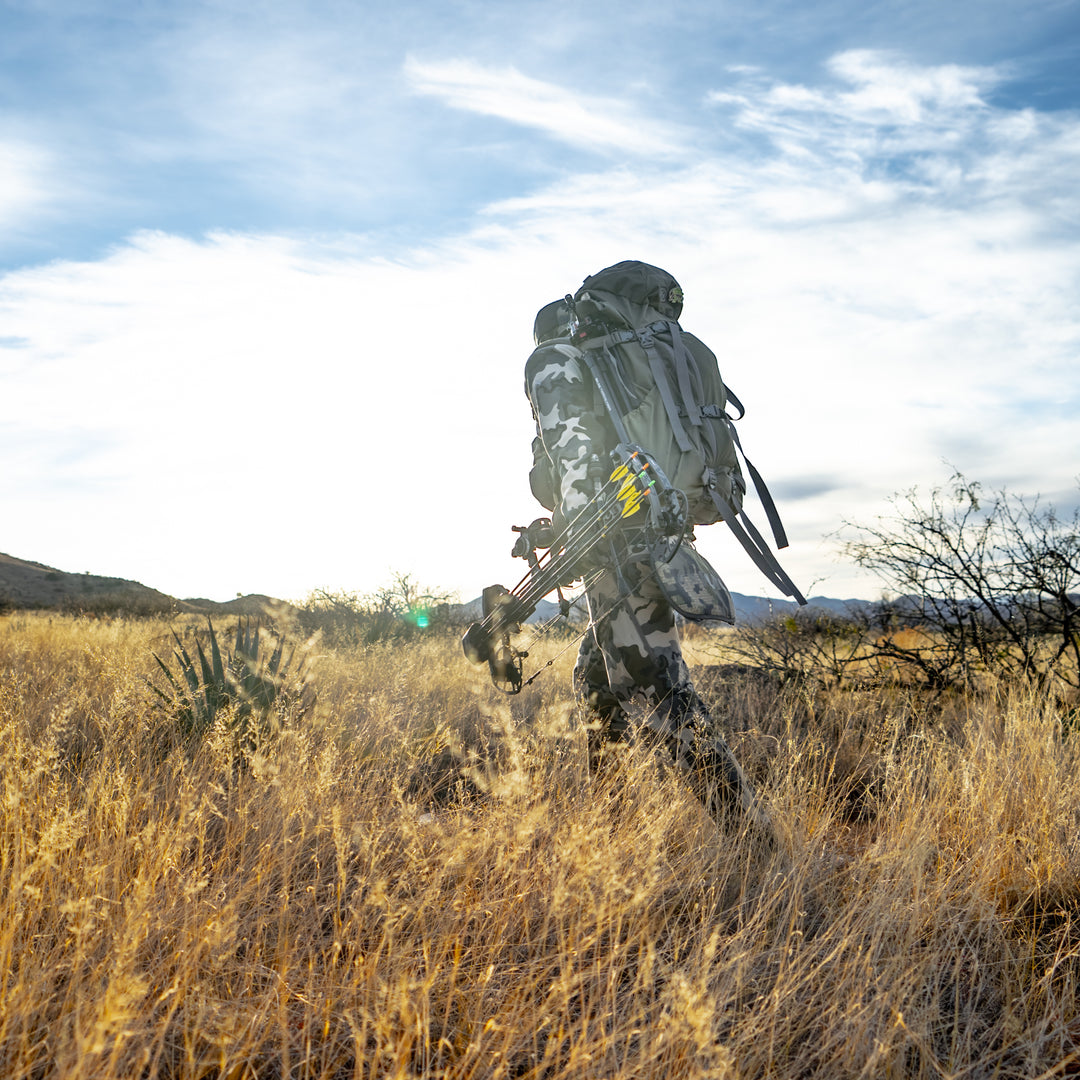
Leave a comment